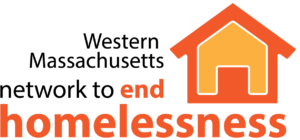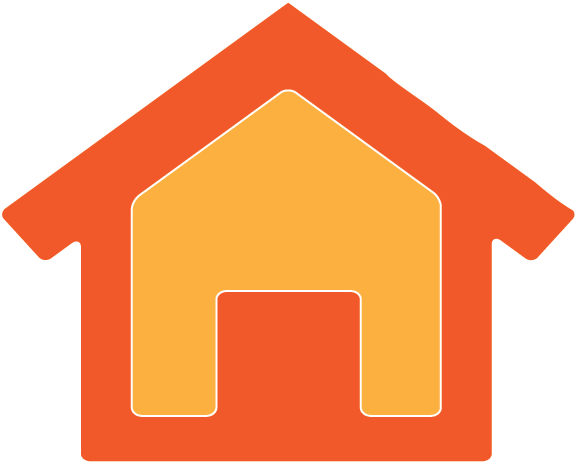In Attendance: Michael Doherty, Charlie Knight, Nicole Desabrais, Lori Ingraham, Andrea Miller, Ron Krakowiak, Mary Orisich, Suzanne Smith.
Update on Funding of Data Analyst and Research Assistants Post 9/30 – Discussions between the three continua about merging HMIS systems have continued, and consultations with Social Solutions and others are ongoing. It is currently looking like sharing staff among continuaa rather than data systems might be the best way to go. The state will roll out Social Solutions as its new system in November, making it available to CoCs free of charge for the first year. In addition to their HMIS system, Social Solutions has a promising new subscription software program called ETO Community, which would allow us to integrate data across the three continuaa. This is currently looking like the best bet for merging and analyzing our data as a region, but it could take several months before full implementation.
The timing of these developments is such that Three County CoC HUD/HMIS funds will most likely not be available to fund the network level Data Analyst position in October, as the best use of those funds is still being determined. In addition, the purchase of hardware and software for the network will be postponed until more is known about what will be needed in conjunction with the ETO Community software. In the meantime, to continue to build on our current momentum, another source of funding will be found to extend the Data Analyst contract at a level that would be enough to sustain existing work and bridge the gap.
Housing Court Data Collection: The committee strategized ways to continue Housing Court data collection and entry for ongoing analysis and follow up after the end of the ICHH grant. Providers who staff the housing court should continue to fill out forms. Suzanne and Nicole will create a student internship or service learning position that will cover data input and some analysis. Nicole will pull together a description and list of appropriate college offices. Suzanne will circulate to Judge Fields and committee for feedback before it is posted.
Performance Measurement:
Family Shelter entries have been increasing through late July and the early part of August, and hotel numbers have increased from the low of 166 on July 14th to 190 on August 14. This is being seen statewide and coincides with the ICHH and balance of state HPRP funds having been used up. The housing court has also seen more evictions as unemployment benefits have run out. We discussed the ways we could look at expected levels of homelessness given the poverty rates in our area and compare that to what we are seeing to get a better handle on our impact. We are not far enough in to some our family rehousing efforts to determine sustainability rates, but following up on whether our efforts resulted in sustainable housing of families will provide a key indicator.
On the individual side, we are up to 31 chronically homeless individuals housed through the ICHH grant, with a contract extension allowing for another 11 being placed in housing by March, 2011.
The Second Quarter Outcomes Report was distributed. This report went to Leadership Council in July. Some indicators still require data collection or quality improvement in order to be calculated accurately. The monthly PIT counts are sometimes over estimated due to inaccurate exit dates entered into the HMIS system. We are now going each provider to get the numbers for the given dates. We are aiming to have the quarter 2 PIT counts by September 1, and until the new system is in place and data quality is assured, we will implement an automated monthly survey to collect those numbers.
The Committee discussed ongoing data collection strategies post 9/30. The best bet to bridge the time between the end of the grant and the beginning of new systems (SHORE’s move to Social Solutions in November, the three County CoC’s hiring of an HMIS administrator, ETO community being up and running) will be to continue the monthly surveys of individuals and family providers, only expanding the provider list to include all providers and the questions to cover numbers relevant to the outcomes we want to measure. These include number of families rehoused from shelter and hotels, monthly Point in Time counts, and the numbers of chronically homeless individuals housed throughout the region, not just through REACH programs but through other means as well. The best tool will be an automated survey that will go out once per month with a limited number of questions asking for summary data, without any identifying information. As the new systems roll out, these numbers can begin to serve as a check on data quality. Reporting these survey results out will provide some needed feedback on how we are doing as a region. This approach will keep us moving as we gather additional resources and implement the new systems.
Next Meeting:
Tuesday, September 21, 1-2:30 Springfield Housing Court

